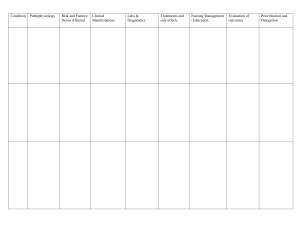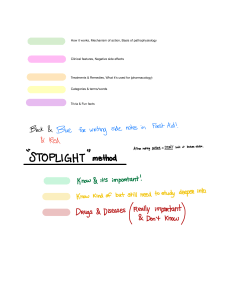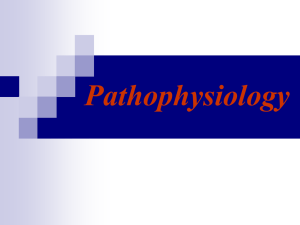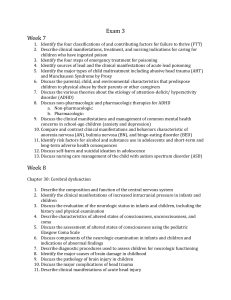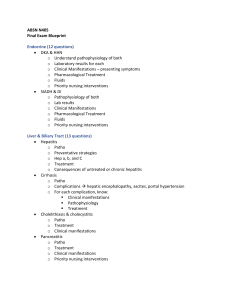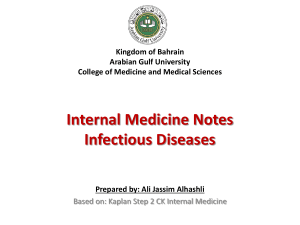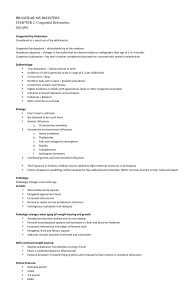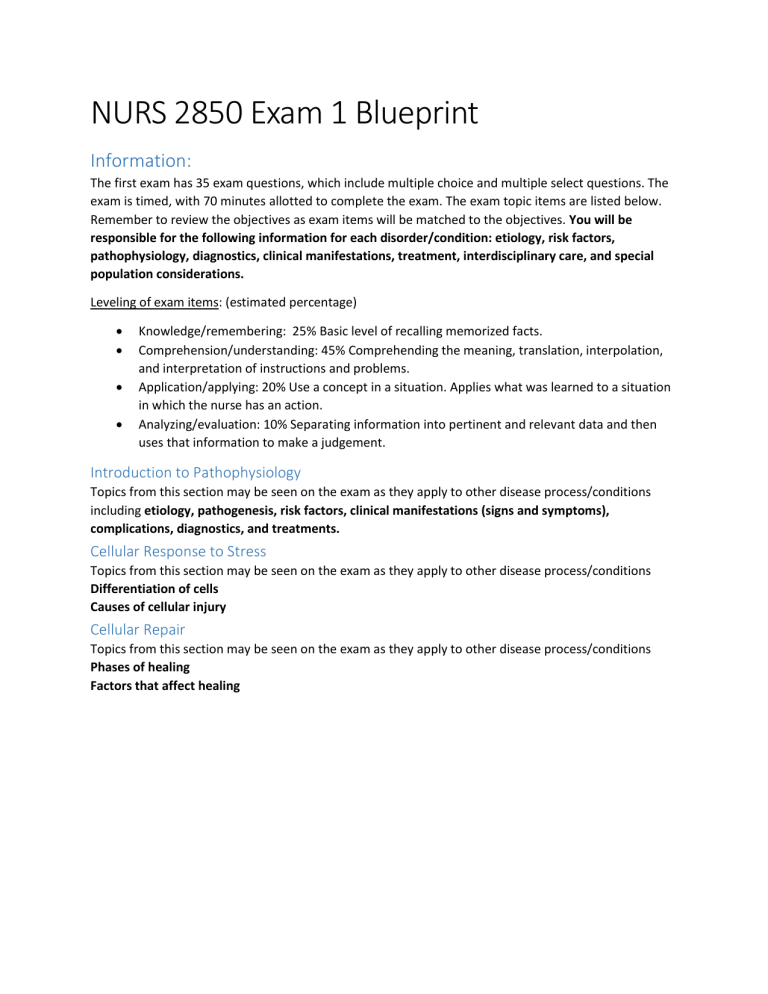
NURS 2850 Exam 1 Blueprint Information: The first exam has 35 exam questions, which include multiple choice and multiple select questions. The exam is timed, with 70 minutes allotted to complete the exam. The exam topic items are listed below. Remember to review the objectives as exam items will be matched to the objectives. You will be responsible for the following information for each disorder/condition: etiology, risk factors, pathophysiology, diagnostics, clinical manifestations, treatment, interdisciplinary care, and special population considerations. Leveling of exam items: (estimated percentage) Knowledge/remembering: 25% Basic level of recalling memorized facts. Comprehension/understanding: 45% Comprehending the meaning, translation, interpolation, and interpretation of instructions and problems. Application/applying: 20% Use a concept in a situation. Applies what was learned to a situation in which the nurse has an action. Analyzing/evaluation: 10% Separating information into pertinent and relevant data and then uses that information to make a judgement. Introduction to Pathophysiology Topics from this section may be seen on the exam as they apply to other disease process/conditions including etiology, pathogenesis, risk factors, clinical manifestations (signs and symptoms), complications, diagnostics, and treatments. Cellular Response to Stress Topics from this section may be seen on the exam as they apply to other disease process/conditions Differentiation of cells Causes of cellular injury Cellular Repair Topics from this section may be seen on the exam as they apply to other disease process/conditions Phases of healing Factors that affect healing Pressure Injury (4) Osteoarthritis (5) Rheumatoid Arthritis (4) Parkinson’s disease (4) Multiple Sclerosis (4) Thyroid Disorders – hypo and hyper (5) Cirrhosis (4) Crohn’s Disease (5) I recommend you create your own study guide using the basic criteria: etiology, pathophysiology, risk factors, clinical manifestations (signs and symptoms), complications, diagnostics, and treatments. Add a comments section as well to take notes about any considerations across the lifespan that you find pertinent to each example above. Writing a definition for each disease process may help solidify the information as well.
